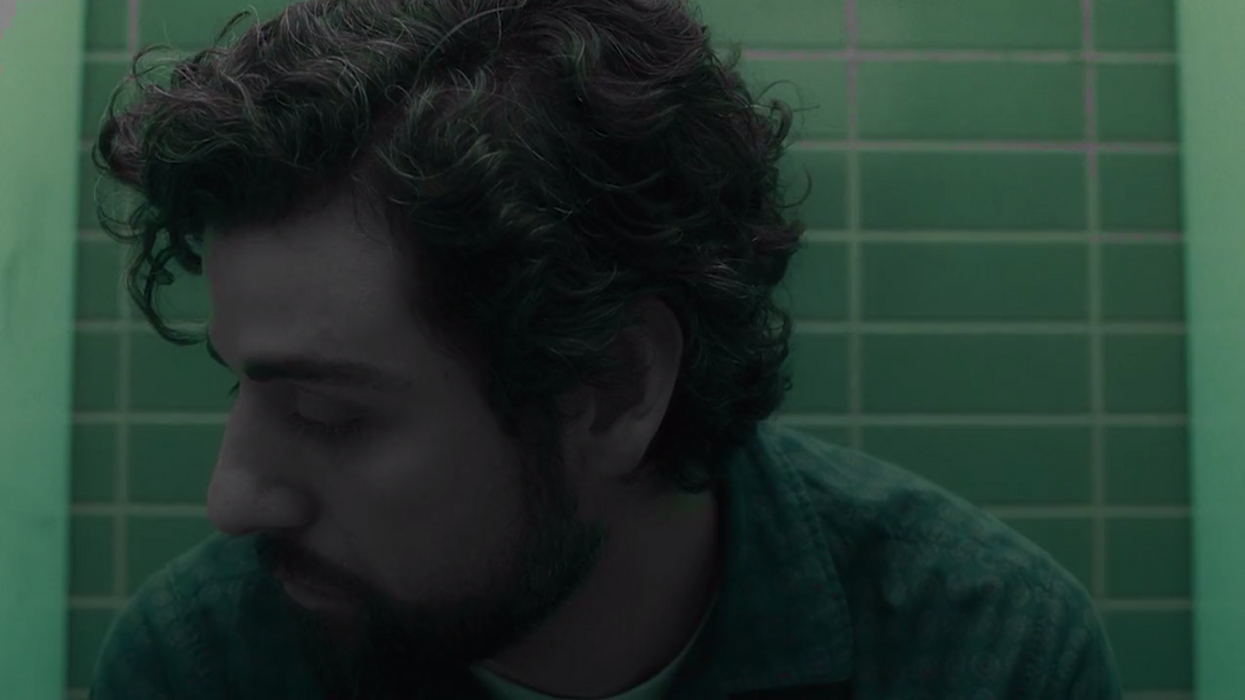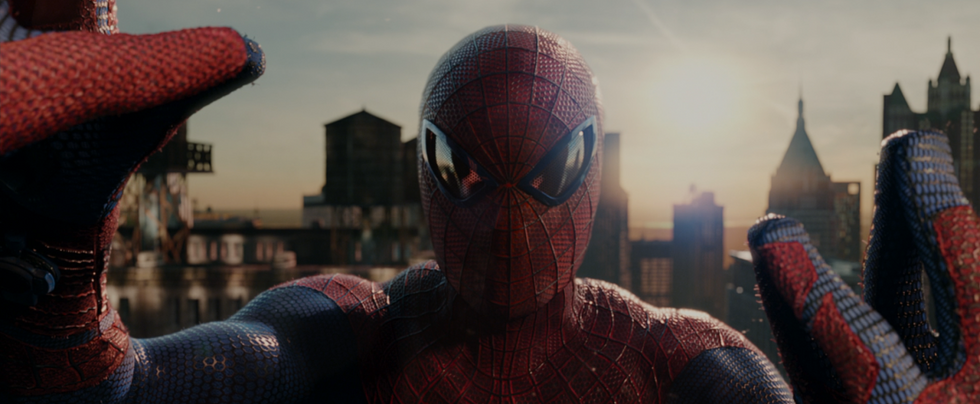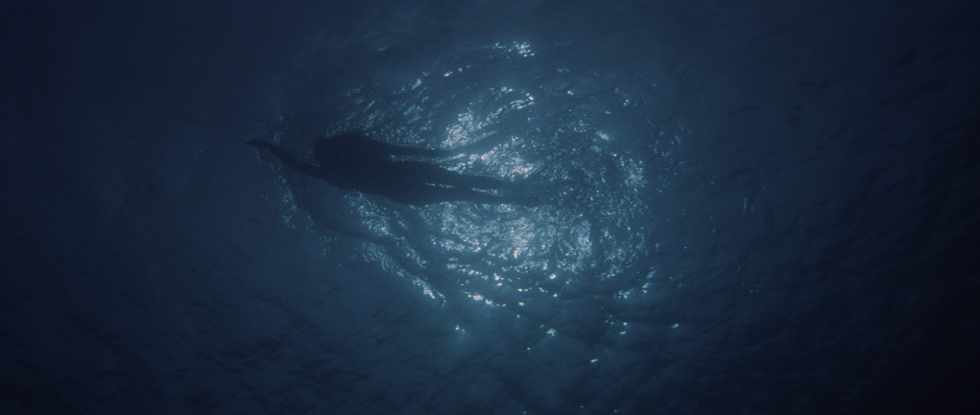What Does it Mean When the Coens Use Green?
For as much red blood as Joel and Ethan Coen spill in their films, they sure use green a lot.

Unlike many other filmmakers that infuse intense colors into the important moments and objects in their films, the Coen Brothers make ample use of green in their highly violent—yet totally hilarious—brand of cinema. This interesting choice is explored in this video by video essayist Jacob T. Swinney. In it, Swinney has desaturated all the non-green hues in order to make their use of it easier to catch:
If you never picked up on the Coen's affinity for the hue, don't blame yourself. Green isn't as easy to detect as other colors that filmmakers use to catch the eyes of their audiences, like the most obvious choice, red. Swinney explains:
This pattern most likely goes unnoticed because, unlike an in-your-face color, such as red, green is much more subdued and doesn't alarm our eyes. Green is natural and a part of everyday life, but the Coens make use of the color in places other than nature. In fact, they seem to utilize the color during key moments of their films.
So, the Coens love using green in their work. In fact, almost every single film they've ever created makes heavy use of the color. But why? What does it represent? Well, the video itself doesn't give an answer and the Coens haven't explained their use of it, so really any conclusion we draw will only be conjecture. But let's give it a shot anyway, huh?

What do we know about the color green?
According to theories of color, green can represent positive things, like "calm", "relaxation", "luck", and "nature", as well as negative traits, like "possessive", "selfish", "envy", and "devious". Its meanings become even more specific depending on the shade:
- Lime green: young, fresh, naive, clean, lively
- Leaf green: natural, dependable, safe, secure, healthy
- Sea green: mature, strong, urbane, moving, restless
So, if you examine the green objects in Swinney's video, you'll notice that a lot of them fall into the "leaf" and "sea" green categories, which is interesting, because there are plenty of connections to make. Take the green decals on the outside of Jerry Lundegaard's office window in Fargo for example; the green could represent the security and dependability of his career, despite the fact that he himself is a hot mess that hires goons to kidnap his wife so he can dip into his rich father-in-law's coffer. It's also intriguing that the Coens used neon or "lime" green for Bunny Lebowski's nail polish and bikini, because she is "young", "fresh", and "lively"—not so much clean and naive, but you get the picture.

What do we know about the Coens' filmmaking?
The Coen Brothers utilize great scripts, great acting, and great editing to ensure that their stories are as masterfully made as they can be, but since colors kind of go hand in hand with cinematography, let's focus on how the Coens use their images (and their colors) to tell their stories.
Their films manage to balance between being both violent and dark, and weird and funny at the same time. The green gel case that holds the "secret government documents" in Burn After Reading is a perfect example of this. On one hand, the whole premise that a couple of gym workers would go as far as to go to the Russian embassy to offer the Russian government these documents (which are actually personal financial records to be used in a divorce) for compensation is absolutely ludicrous and hilarious. On the other hand, this green gel case holds the very thing that destroyed the lives of everyone who came in contact with it (or knew someone who did)—which is dark as hell. (My boyfriend Brad Pitt gets shot in his beautiful face, for Pete's sake.)

What do we know about the Coen's use of green in their films?
Not much. Still.
After all of that waxing poetic, we're no closer to truly understanding why the Coens like to use green, or what the color signifies in their films. However, that doesn't mean that it's not worth exploring. If Swinney's video taught us anything, it's that even unanswered questions about our favorite filmmakers' techniques will help us become more informed about the medium we work in.
Source: Jacob T. Swinney

 'The Amazing Spider-Man' (2012)
'The Amazing Spider-Man' (2012) 'Jaws' (1975)
'Jaws' (1975)









